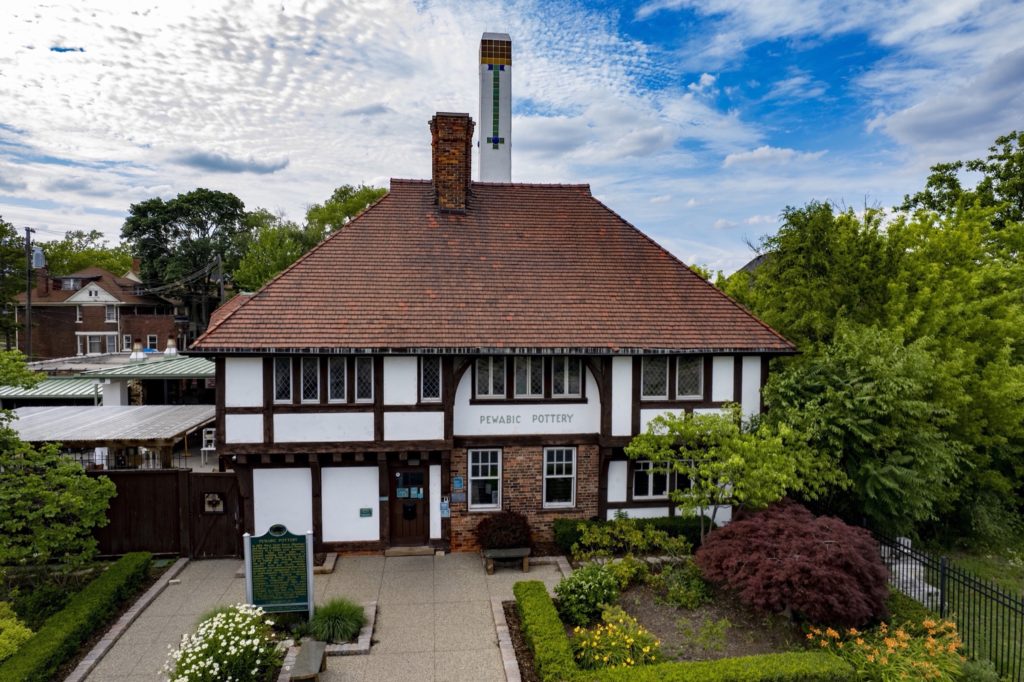
Operating in a National Historic Landmark building, the pottery has been a part of the Motor City’s story as long as the auto industry.
The year 1903 was a seminal year in the history of Detroit. It not only marked the beginning of the city’s major industrial revolution, but also was when the local arts and crafts movement began.
In the same year that Ford Motor Company came into existence, a world-renowned artistic location known as Pewabic Pottery was launched on the city’s east side. That’s when Pewabic Pottery, a selection in our 2022 Made in America Holiday Gift Guide, began crafting exquisite vases, pots, bowls, mugs and tiles that can be found today in both homes and famous installations throughout the world.
“Detroit has a really cool history. It is known as the birthplace of the assembly line and automobile production, but at the same time, the arts and crafts movement was founded as kind of a reaction to industrialization and Detroit became a prominent hub in the arts and crafts movement,” said Steve McBride, executive director of Pewabic Pottery. “Our founders, Mary Chase Perry Stratton and Horace Caulkins, were the early founders of the Detroit Society of Arts and Crafts movement, along with people like Albert Kahn, who built all the early Ford assembly plants.”
Kahn is a legendary architect who is responsible for many of the architecturally historic buildings that are still standing today in Detroit. His creative touch saw a definite need for the beautiful tilework that was being produced by Pewabic Pottery and he incorporated these designs into many of his signature buildings.
“It is really interesting that Detroit built this industrial tract but also in art,” McBride said. “We have many locations designed with the use of Pewabic tiles and a lot of them are still around today. It was just a really cool way to kind of keep that human touch into these plants where they were going to run automobiles through the assembly line.”
Nearly 120 years later, Pewabic is still producing some of the world’s finest pottery and tiles in its longtime home, a building that is on the National Register of Historic Places but continues to operate as one of America’s only remaining handmade potteries.
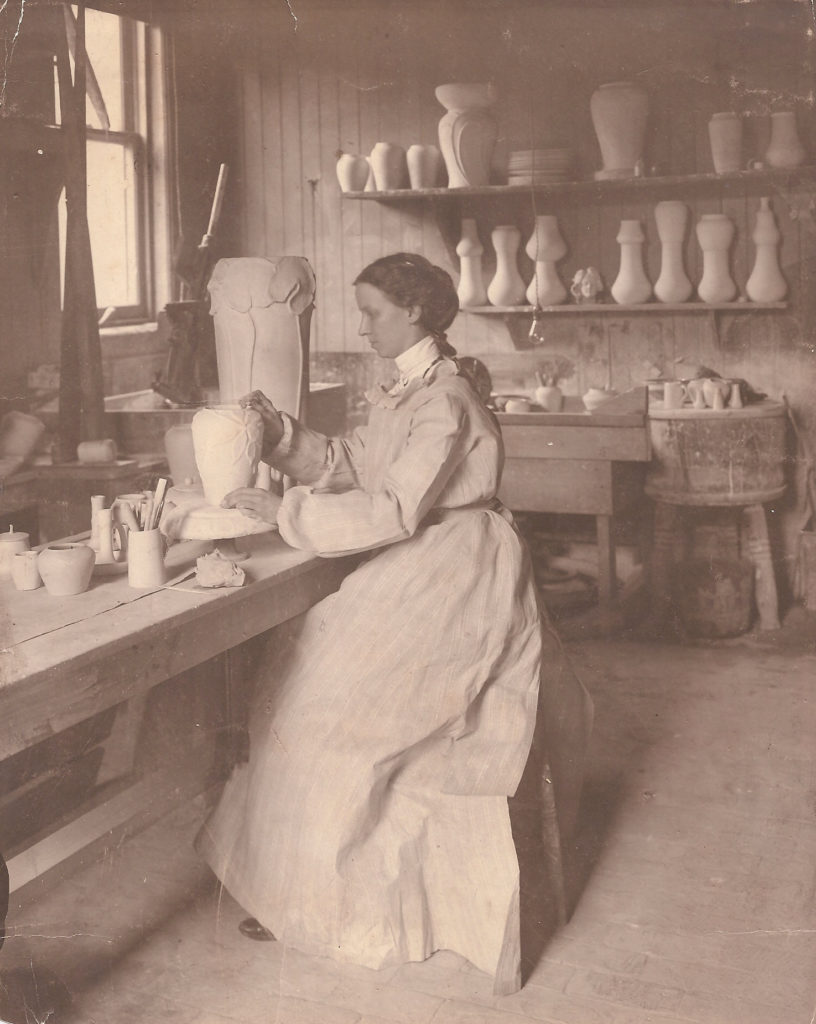
Founders Stratton and Caulkins, who were neighbors, were intensely interested in creating vessels and vases that were adorned with an iridescent glaze that could be found on the many imported pieces that were hand-crafted in Asia in the late 1800s.
Stratton was inspired by Detroit industrialist Charles Freer, who brought back to Detroit a piece they called “Persian Luster” and asked Stratton if she could make something similar. A Detroit railroad pioneer and avid art collector, Freer challenged Stratton to make vessels with an iridescent glaze.
Stratton was steadfast in her newfound passion in Detroit. Finally, after 42 attempts, she created the iridescent glaze that is still a signature of Pewabic Pottery today.
“She was inspired by Charles Freer, who founded the Freer Gallery of Art at the Smithsonian in Washington, D.C., and he was a huge collector of art including Asian ceramics,” McBride said. “There wasn’t any place she could go to learn how to do it and she created this beautiful glaze after a lot of practice.
“She was an inspiring person because she was running the pottery before she even had the right to vote.”
When Stratton and Caulkins received their very first order in 1903 from a department store in Chicago, they had to come up with a name for their company.
Stratton thought Pewabic (pronounced Puh-wob-ic) had a nostalgic ring to it, since it was the name of the Northern Michigan copper mine where she had grown up as a small child. The name fit perfectly, because Pewabic is a Native America Ojibway term meaning metal or metallic.
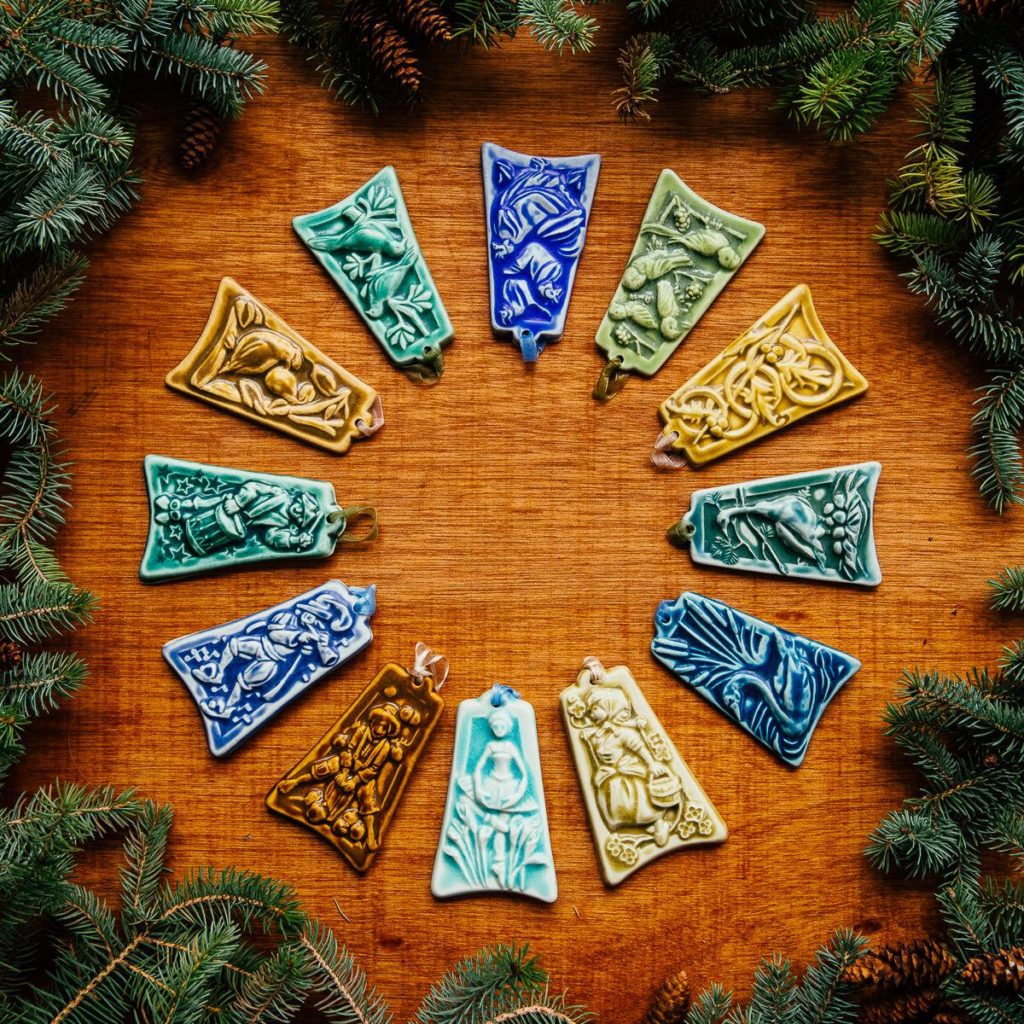
The majority of Pewabic products on sale today are still created with the initial handmade process and glazing that came to being at the hands of Mary Chase Perry Stratton. The vases, vessels and tiles are still made of clay today that is mixed in the same clay mixer that was used in 1912.
“Iridescent glaze is a kind of luster finish on the surface of the glaze,” McBride said. “It’s really dynamic. It’s a one-of-kind finish, so no two are ever alike. It’s something that takes a lot more work to do, the firing treatment in the kiln really pops and is something people have responded to from the very beginning. It’s one of the very first things that put Pewabic on the map.
“We do all kinds of pottery. We do wheel thrown, we do slip cast and different variations on mugs and vases and bowls. We do art tiles that are designed that you can hang them on the wall and display and we do architectural tile which is another big part of Pewabic. Tile floors, kitchen backsplashes, and fireplace surrounds and even commercial buildings.”
Pewabic Pottery went through some ownership changes after Stratton died, and almost faced closure during the recession of the late 1970s. But the ceramic maker community immediately answered the call and through generous donations and commitment, Pewabic Pottery became a (501)(3)(C) non-profit and continues to thrive and supply its beautiful pieces of functional art to this day.
In recent years, Pewabic has provided small tile installations outside of Detroit’s Comerica Park (Detroit Tigers baseball Stadium), Little Caesars Arena (home to Detroit sports teams the NBA Pistons and NHL Red Wings) and the Q-Line transit stations in the Motor City. In years gone by, Pewabic has supplied beautiful tile patterns for Detroit’s historic Guardian Building and the tile and medallions on the floor of the Detroit Institute of Arts, which is globally known for its priceless collection of Diego Rivera murals.
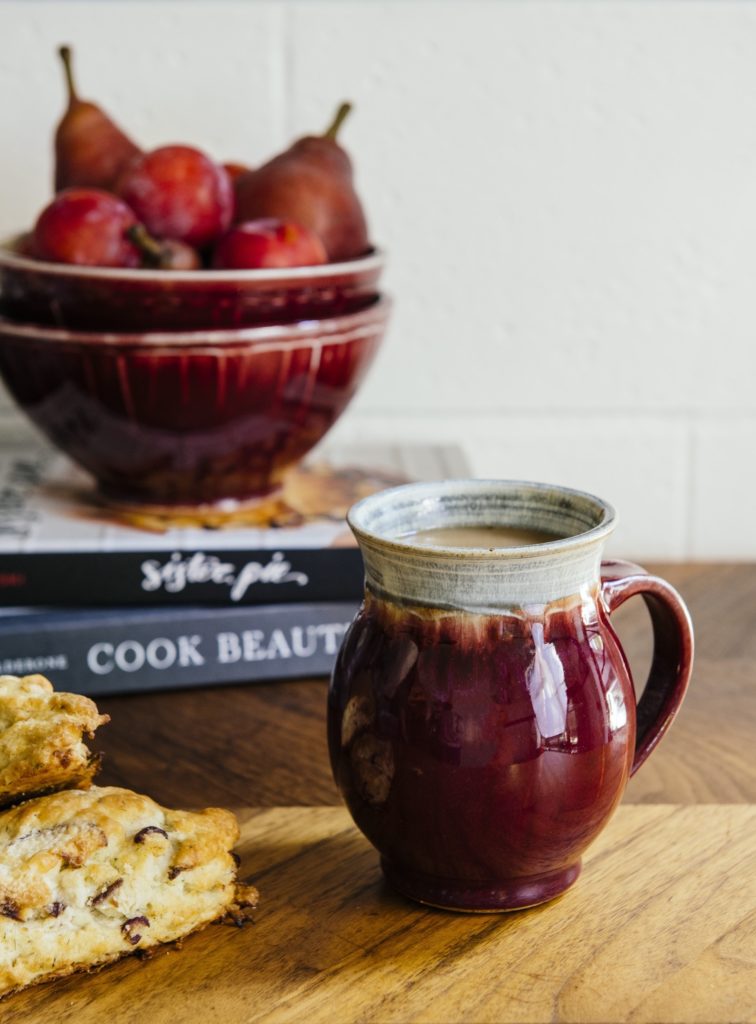
But perhaps its most famous tile installation is Stratton’s work at the Basilica of the National Shrine of the Immaculate Conception in Washington, D.C. Her renowned pottery is also on display at the Louvre Museum in Paris.
Stratton passed away in 1961 at the age of 94, but her legacy still lives on in the pottery studio near the Detroit River in the city’s downtown. With a staff of 50 employees, Pewabic continues to produce one-of-a-kind ceramics and tiles that make an ideal addition to any home.
Many homes and commercial buildings in Detroit have Pewabic Pottery tile patterns that look as new today as they did when they were kiln fired more than 100 years ago. It is surely a testament to beautiful quality as opposed to quantity.
Pewabic is able to produce commercial orders, but it is a time-consuming process and is nothing like tiles one would purchase from a large, box store tile company. When you purchase Pewabic tile, you a getting a piece of art history that is made to last. No two pieces are exactly alike.
“We don’t do a lot of big commercial work just because we don’t have the capacity to scale up,” McBride said. “We do a lot of custom work as opposed to more commercial or public buildings. It’s not like we are producing a million square-feet of tile.”
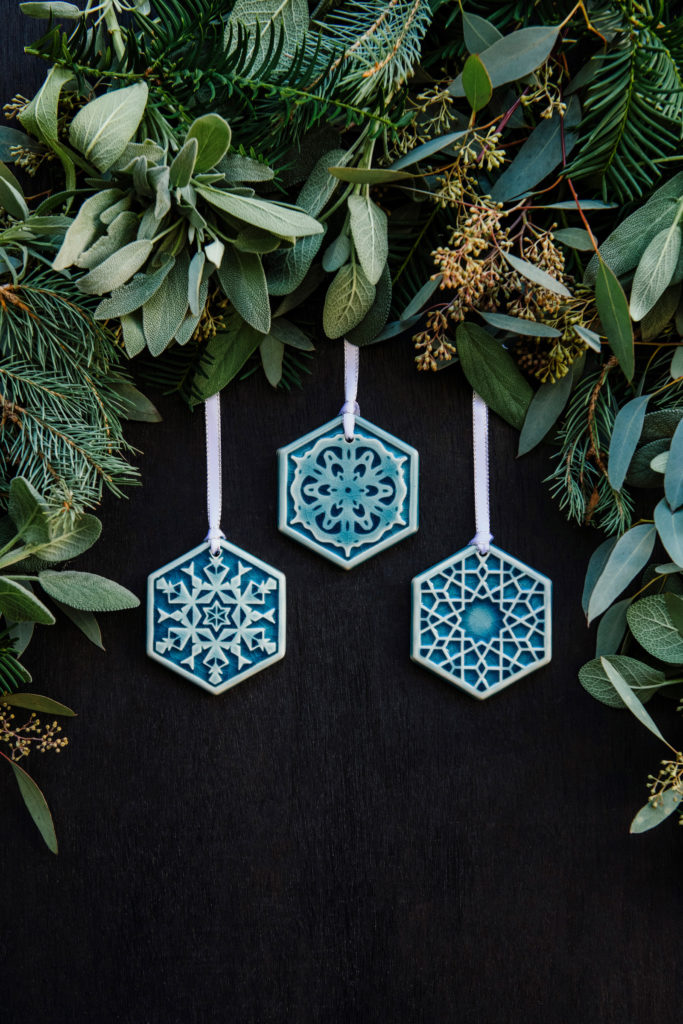
Of the Pewabic Pottery staff of 50 employees, half are directly involved in the daily creations of its pottery, bowls, mugs and tiles. The Historic Landmark Building, which was designed by Stratton’s husband, houses pottery making facilities and a second-floor museum showcasing the exquisite clay-fired products of the past 120 years.
Pewabic Pottery also holds educational classes at its home base and has a traveling team that goes out into the community to teach pottery making at schools and community centers. Most of its employees are graduates of local arts and ceramic making schools such as Wayne State University, Cranbrook School, Michigan State University, the University of Michigan and the College for Creative Studies.
“It is a great opportunity for those people who have studied ceramics in school to actually get a job in the industry and to be making it,” McBride said. “These people tend to stay around. We have people that have been here for 10, 20, 30 and almost 40 years now.
“We’ve got our master mold maker, and she started as a Detroit Public Schools intern in ‘80s and has been here now for almost 40 years. There are senior designers that have been here for 35 years. It’s just a place that people tend to fall in love with the history of the place and there is just something cool about working in a place that has these roots and you know you are making a pottery that has been a tradition in the city as long as Ford.”
In addition to any custom order you may want Pewabic to produce, the pottery has a large inventory of products that are available for your holiday shopping, including Christmas tree ornaments. Pewabic sales have increased exponentially since the pandemic since so many people are shopping online.
“One of the silver linings of the whole Covid pandemic for us is our online sales have really exploded to our audience, and last year we sold pottery to all 50 states,” McBride said. “That’s remarkable for this pottery that has been in this National Historic Landmark Building on Detroit’s East Side to just have fans across the country and around the world. We get people who have now heard of Pewabic and come to visit us from all over.”
Pewabic Pottery is available on the company website at or at its retail location in Detroit.
